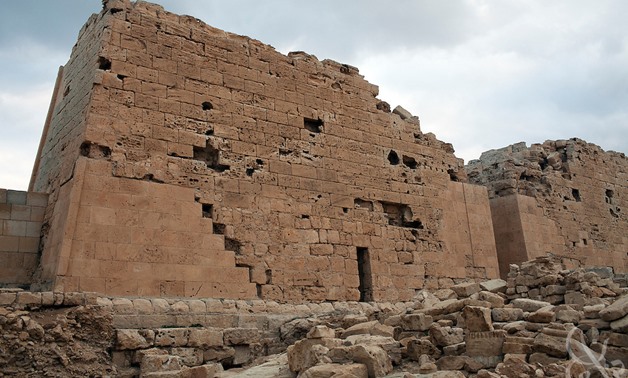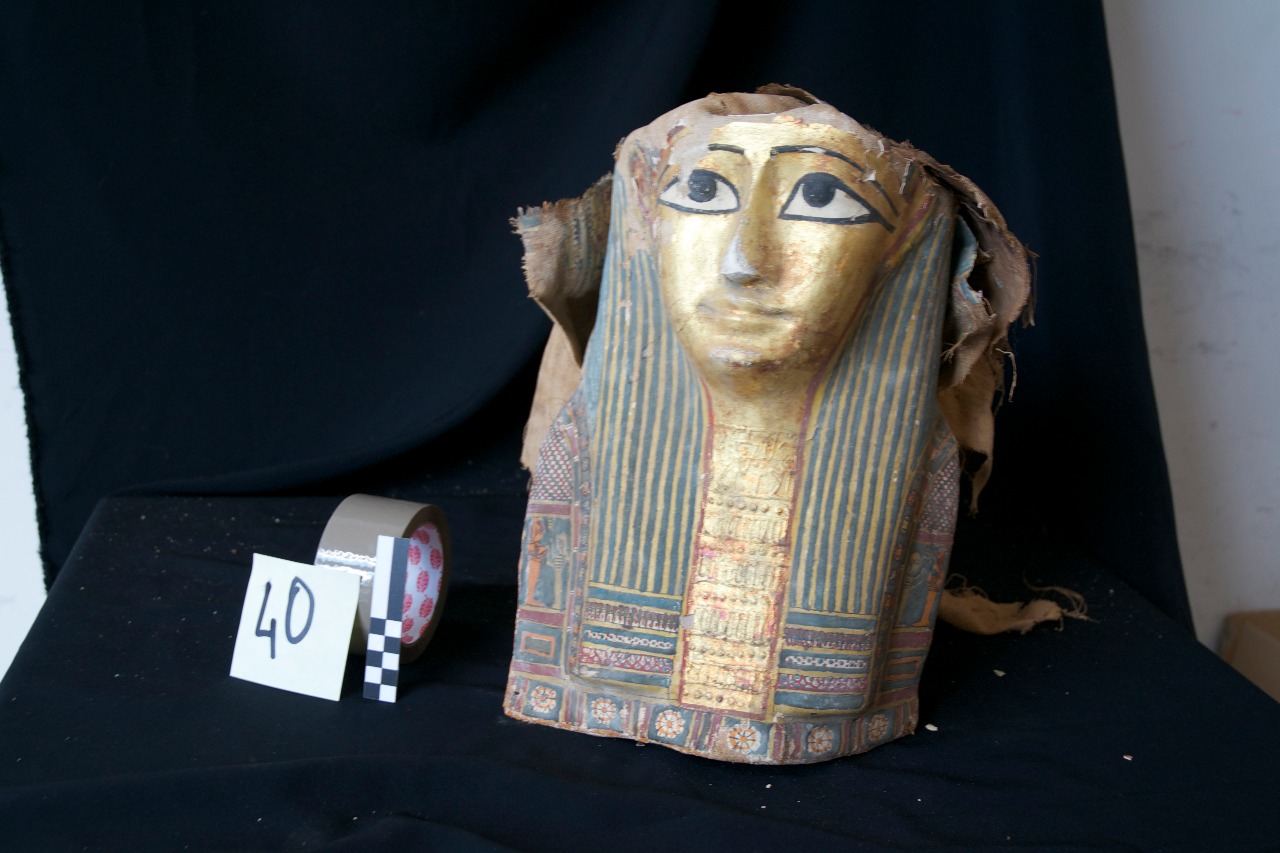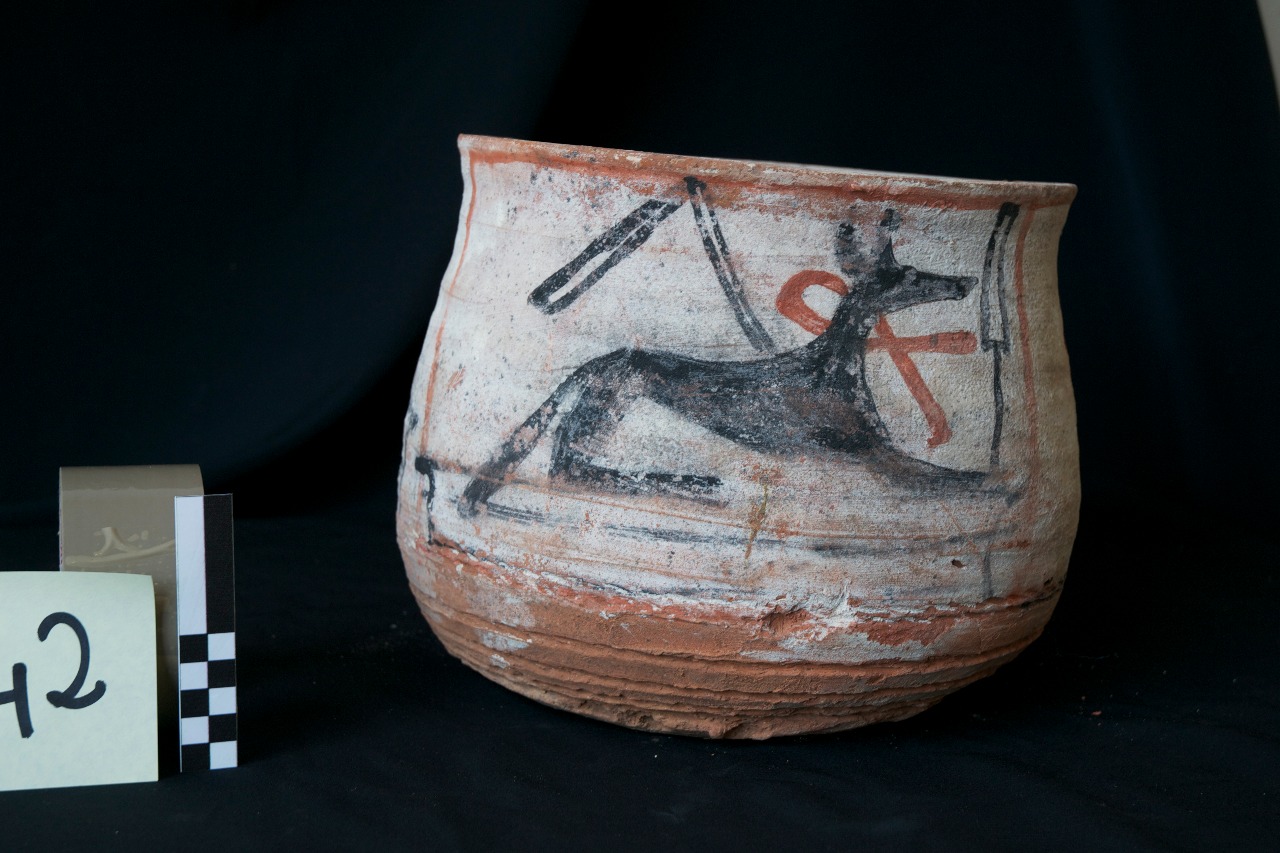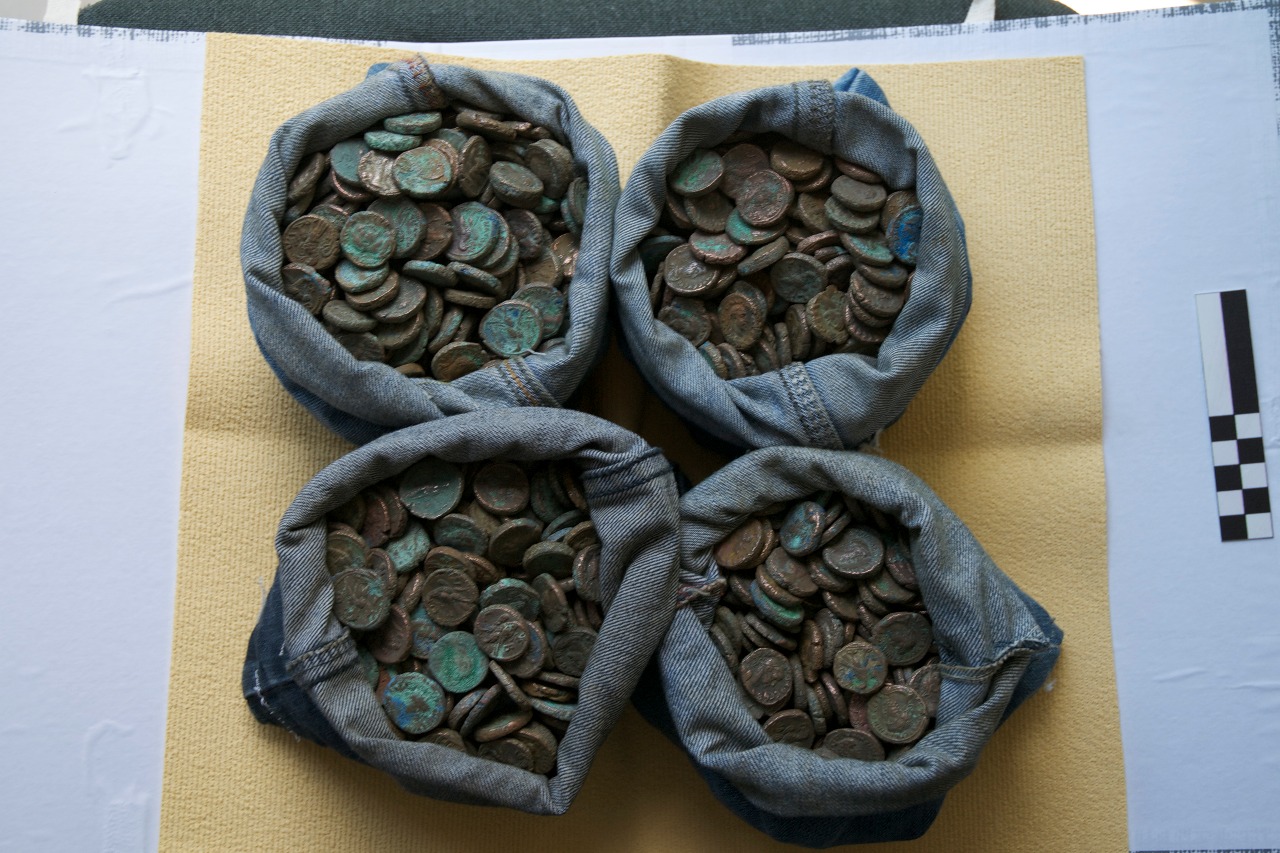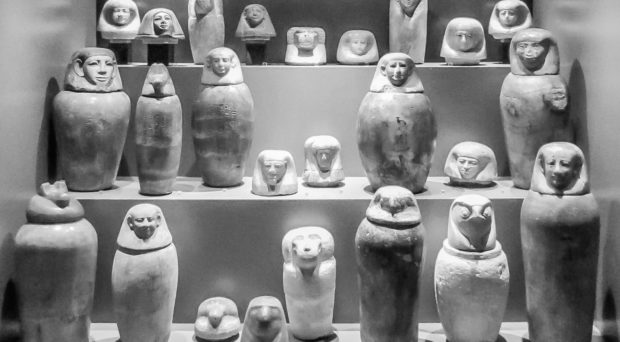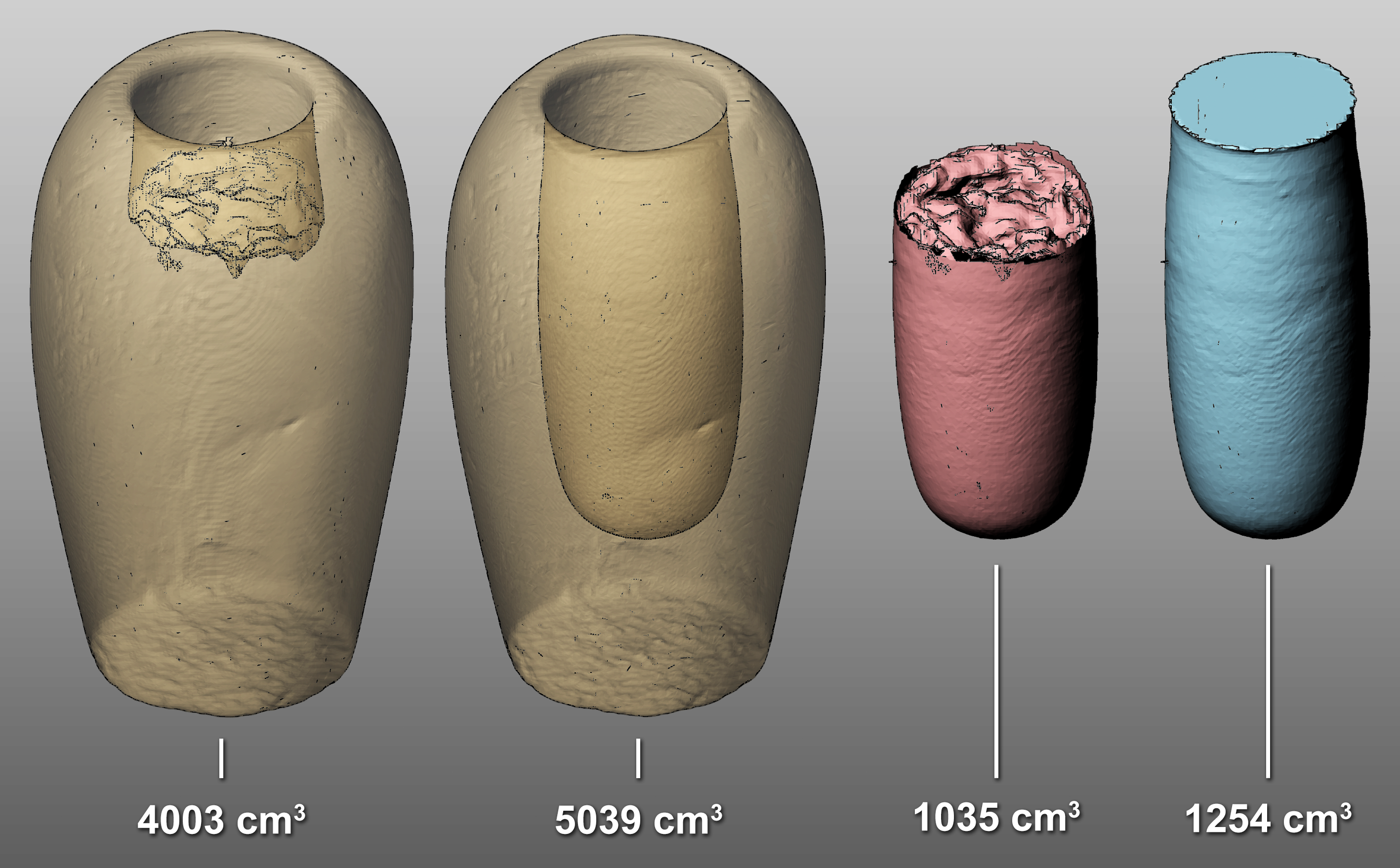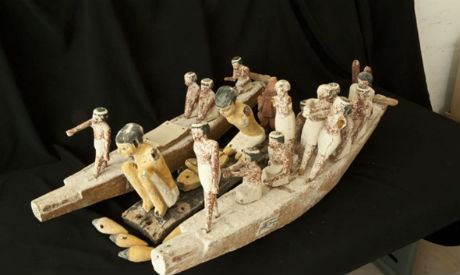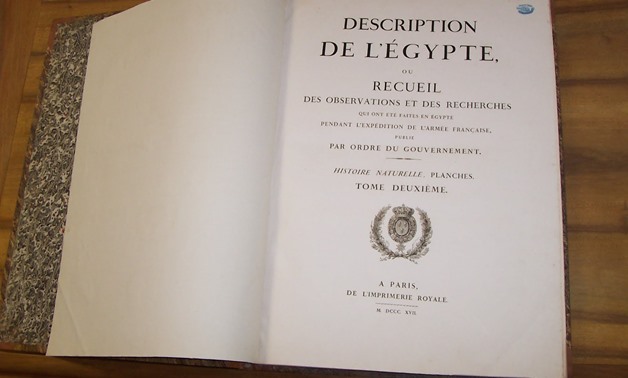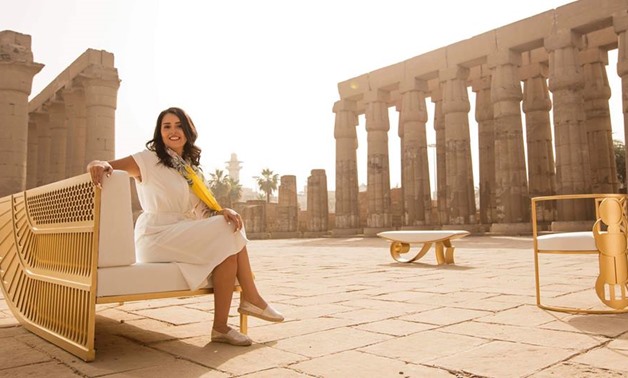http://nilescribes.org/2018/06/30/latest-discoveries-may-june-2018/
The Latest Discoveries in Egyptology (May-June 2018)
Every few months, the Nile Scribes bring you summaries of the latest news and discoveries in Egyptology, both from the field and the lab. We'll introduce you to the newest archaeological finds or recently undusted manuscripts being rediscovered in museum collections, plus other new theories stirring in the Egyptological Zeitgeist. In this edition, Graeco-Roman buildings were discovered in the Nile Delta and Siwa Oasis, new texts were revealed by the Sinai Palimpsest Project using multi-spectral imaging, and a beautiful set of Twenty-Sixth Dynasty canopic jars were excavated at the South Asasif in Luxor.
Did you read the last edition on Discoveries from March & April?
The Egyptian Ministry of Antiquities publishes a very helpful round-up of recent discoveries, events, and projects in Egypt in an accessible PDF format. The latest issue was published in May 2018 (English or Arabic).
—

Egypt uncovers tomb of great Ramesses II era general in Saqqara (May 8 – Ahram Online)
NS: A spectacular find has been made near the Pyramid of Unas at Saqqara: a new tomb belonging to an official who worked under Sety I and Ramesses II was discovered by an Egyptian archaeological team. The surviving blocks reveal the vivid colours and artistic style of the Ramesside Period and are a lasting testament to the prestige that the official, Iwrkhy, held throughout his career.
"Professor of Egyptology at Cairo University Ola El-Aguizy has announced the discovery of an important tomb belonging to the great Ramessess II era General Iwrkhy in Saqqara, in a speech delivered to attendees of the Faculty of Archaeology Prom 2017. The tomb was discovered in the New Kingdom necropolis south of the Causeway of King Unas in Saqqara, during the last excavation season in 2017/2018. El-Aguizy, head of the mission that uncovered the tomb, said it most likely dates to the reigns of both Sethi I and Ramesses II. The site has yet to be fully excavated, but has already provided a wealth of material testifying to the high status of its owner and his family."
—

Roman Temple Remains Dating to Emperor Antoninus Pius Unearthed Near Siwa (May 11 – Egyptian Streets)
NS: An Egyptian archaeological mission working in Siwa Oasis discovered the remains of a temple dating to the reign of Roman Emperor Antonius Pius. Among the finds was a large limestone fragment with Greek inscriptions.
"In what is proving to be a fruitful year for ancient Egyptian archaeology, the Ministry of Antiquities announced the discovery of another Roman temple near Siwa oasis on Thursday in an official statement. The Egyptian archaeological Mission of the Ministry dated the remains to the second century or, more specifically, the reign of Emperor Antonius Pius. The site on which they made their find was located at Al-Hag Ali village near Siwa Oasis."
—

Earliest Version of Our Alphabet Possibly Discovered (May 16 – Live Science)
NS: Egyptologist Thomas Schneider recently analysed a limestone ostracon found in the tomb of an Egyptian official named Senneferi (TT 99) by members of the Cambridge Theban Tombs Project. He assessed that the text, written with hieratic script but seemingly in a Semitic language, formed a mnemonic phrase using words organised in a similar fashion to that of the Latin alphabet.
"Whoever wrote these inscriptions 3,400 years ago may have been trying to remember the start of both alphabetic sequences, Schneider said. Sennefer was an official who dealt with Egyptian foreign affairs and likely understood the Semitic languages that were used in the Eastern Mediterranean, Schneider said. When Sennefer's tomb was being constructed, perhaps the scribes helping to build the tomb were trying to learn the languages, and one of them wrote these words down as a practice exercise, Schneider told Live Science."
—

Graeco-Roman Baths Discovered In Egypt (May 23 – Archaeology News Network)
NS: At the site of Tanis in the eastern Nile Delta, an Egyptian mission has unearthed a red brick building. The team has interpreted it as a bath from Graeco-Roman times and hopes to continue uncovering more of the structure in following seasons. Also among the finds was a gold coin of Ptolemy III.
"An Egyptian Archaeological Mission from the Supreme Council of Antiquities has uncovered Parts of a huge red brick building during excavations carried out at San El-Hagar archaeological site at Gharbia Governorate. Dr. Ashmawy continues that the mission also found pottery vessels, terracotta statues, bronze tools, a stone fragment engraved with hieroglyphs and a small statue of a ram."
—

Hidden writing in ancient desert monastery manuscripts (June 13- BBC)
NS: The Sinai Palimpsest Project researching the collection of liturgical manuscripts at St. Catherine's Monastery has been using multi-spectral imaging to discover older inscriptions that were scrubbed clean by monks wishing to reuse the parchment. Of the 4500 manuscripts in the collection, 170 of them have proven to be palimpsests.
"Now, each page is photographed 33 times using 12 different wavelengths. The images are analysed using computer algorithms, and several images are combined to make the undertext more legible. If this doesn't yield results, the page is analysed using statistics: each pixel is assigned a value, separated into categories, then manipulated according to those categories to make that selection more visible to the human eye."
—

New discovery in Egypt's Edfu reveals Roman Era settlement, pre-dynastic cultural links (June 14 – Ahram Online)
NS: The Elkab Desert Archaeological Survey Project at Bir Umm Tineidba have discovered clusters of Predynastic rock art near tumulus burials, as well as stone structures comprising a Late Roman settlement that dates to c. 400-600 CE. These two finds , separated by an enormous amount of time, shed further light on habitation in the Eastern Desert areas.
"The mission discovered a wealth of archaeological and epigraphic material, including numerous concentrations of rock art, primarily of the Pre-Dynastic and Proto-Dynastic periods; burial tumuli of the Proto-Dynastic period; and another thus-far unrecorded Late Roman settlement. John Coleman Darnell, head of the Yale University team, said that the mission found three rock art sections revealing important scenes of the Naqada II and Naqada III Dynasties (ca. 3500-3100 BCE), providing evidence for the continuity and interaction of artistic styles of the Eastern Desert and Nile Valley."
—

26th Dynasty canopic jars discovered at Luxor's South Asasif necropolis (June 25 – Ahram Online)
NS: At the Third Intermediate Period tomb of Karabasken in Luxor's South Asasif, a subsidiary burial belonging to "the lady of the house, Amenirdis" has recently been excavated. Her complete set of alabaster canopic jars were found in a canopic niche and bear the heads of the Four Sons of Horus: Imsety, Hapy, Duamutef, and Qebehsenuef. The jars still contain traces of resin and also bear an inscription dedicating them to the lady Amenirdis.
"Mostafa Waziri, the secretary-general of the Supreme Council of Antiquities, told Ahram Online that the jars were found in situ in an intrusive burial compartment cut into the south wall of the pillared hall of the tomb (TT391). They were found in a 50cm-deep space in the floor. "Although the jars are in situ in a very good conservation condition, they had fallen over the time under the pressure of flood water and one of them was broken into several fragments," Waziri said, adding that emergency cleaning and consolidation were carried out by the ministry's conservators."
-- Sent from my Linux system.








